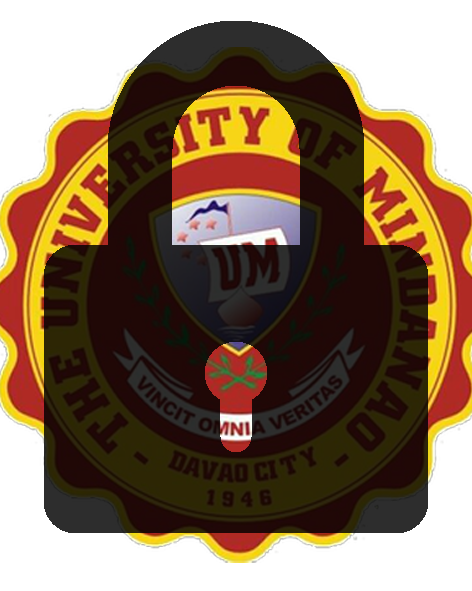A revitalized Bislig City multi-modal transport terminal : an application of a correlational study on transport terminals' conditions vis-a-vis users' convenience
Abstract
Transport terminals are at the heart of vehicular activity; they house passengers and operators and bring vehicles and people together. To some extent, these terminals intend to give exceptional and equal services to the public. Their help should be an extension of the stations' efforts to improve the city's economic and tourist conditions. Unfortunately, due to severe financial conditions, the demand for transportation restoration in many parts of the country has yet to be achieved. As a result, the study looked at scenarios that impact people's convenience at Public Transportation Terminals. Specifically, this study sought to (i) ascertain the link between the condition of the city transport terminals and the convenience of travelers, (ii) discover and narrow down the aspects that influence the passengers' travel convenience, and (iii) determine the transport terminals' conditions that best meet the needs of the passengers. Following a quantitative approach, data were primarily taken from the students' Google forms and survey questionnaires and subjected to the Pearson-r statistical treatment. The researcher utilized the correlational design by employing a 33-item questionnaire for the respondents' perception of the condition of the facilities adapted from the Federal Transit Administration, US Department of Transportation (2021) and a 29-item questionnaire which measures the
transport stations' service factors, adapted from Adamos et al. (2019). The two questionnaires utilized a 5-point Likert Scale and were distributed randomly to 381 residents of Bislig City. The results revealed a strong significant correlation between the variables, which entails that the condition in a presented station affects the masses' interpretation of comfort and convenience.
Collections
- Undergraduate Theses [639]
Publisher
College of Architecture and Fine Arts Education

